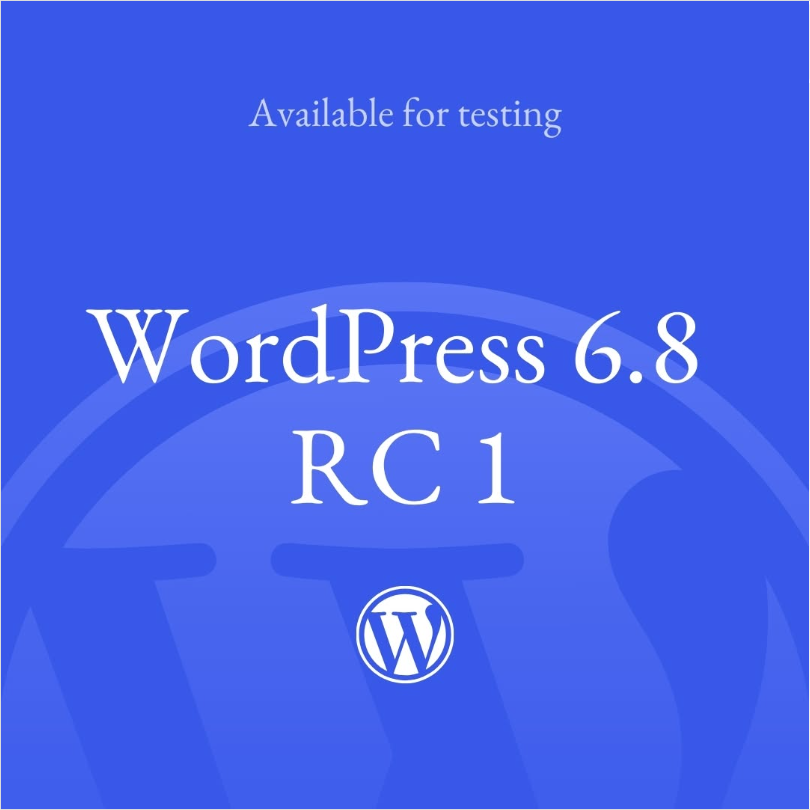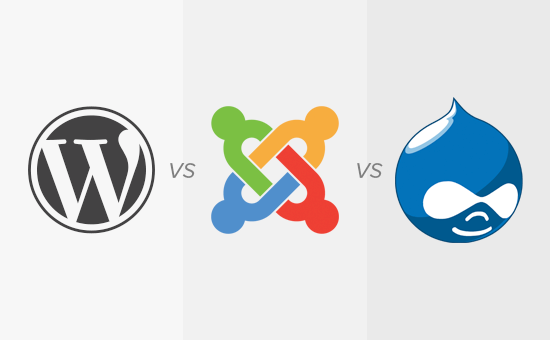Open source content management systems (CMS) have WordPress,Joomla,Drupal,Ghost,Opencart etc. In addition to the advantages of being free and flexible, what's more important is that they have a strong ecosystem of plugins and extensions
I. What are plug-ins and extensions?
Different CMS have different names for this:
- WordPress known as...
Plugins (Plug-ins) - Joomla utilization
Extensions (Expanded) - Drupal call sth (by a name)
Modules (Module) - Ghost utilization
Integrations (Integration)
![Image[1]-How to extend the functionality of the site through open source CMS plug-ins | WordPress, Joomla, Drupal Practical Guide](http://gqxi.cn/wp-content/uploads/2025/06/20250606101031130-image.png)
Second, what functions can the plug-in realize?
Plugins can add almost any functionality to your website, including but not limited to the following categories:
1. SEO Optimization
- Automatic generation of site maps (Sitemap)
- Setting Meta Tags
- URL rewriting (e.g. pseudo-static)
- Example plugin:
Yoast SEO (WordPress),sh404SEF (Joomla)
![Image [2] - How to extend the functionality of the site through open source CMS plug-ins | WordPress, Joomla, Drupal Practical Guide](http://gqxi.cn/wp-content/uploads/2025/06/20250606101441371-image.png)
2. safety protection
- Login authentication code, two-factor authentication
- Firewall and malware scanning
- Limiting Brute Force Breakdown Attempts
- Example plugin:
Wordfence Security ,Akeeba Admin Tools (Joomla)
![Image [3] - How to extend the functionality of the site through open source CMS plug-ins | WordPress, Joomla, Drupal Practical Guide](http://gqxi.cn/wp-content/uploads/2025/06/20250606101537628-image.png)
3. E-commerce functionality
- Product Management, Shopping Cart, Payment Gateway
- Inventory and order management
- Promotion and Coupon System
- Example plugin:
WooCommerce (WordPress),VirtueMart (Joomla),Drupal Commerce
![Image [4] - How to extend the functionality of the site through open source CMS plug-ins | WordPress, Joomla, Drupal Practical Guide](http://gqxi.cn/wp-content/uploads/2025/06/20250606101651624-image.png)
4. performance optimization
- caching system
- Image Optimization and Lazy Loading
- Content compression and consolidation
- Example plugin:
WP Super Cache ,JCH Optimize (Joomla)
![Image [5] - How to extend the functionality of the site through open source CMS plug-ins | WordPress, Joomla, Drupal Practical Guide](http://gqxi.cn/wp-content/uploads/2025/06/20250606101726343-image.png)
5. Social Media Integration
- Social sharing buttons
- Social login (Facebook, Google)
- Embedded Instagram, Twitter content
- Example plugin:
AddToAny Share Buttons ,Simple Social Icons
![Image [6] - How to extend the functionality of the site through open source CMS plug-ins | WordPress, Joomla, Drupal Practical Guide](http://gqxi.cn/wp-content/uploads/2025/06/20250606101910265-image.png)
6. Content Building and Page Editor
- Drag-and-drop page builder
- Visual Editing Module
- Example plugin:
Elementor ,Beaver Builder ,SP Page Builder (Joomla)
![Image [7] - How to extend the functionality of the site through open source CMS plug-ins | WordPress, Joomla, Drupal Practical Guide](http://gqxi.cn/wp-content/uploads/2025/06/20250606101955566-image.png)
7. Multi-language support
- Website translation and language switching
- Localized Content Management
- Example plugin:
WPML ,Polylang ,Falang (Joomla)
![Image [8] - How to extend the functionality of the site through open source CMS plug-ins | WordPress, Joomla, Drupal Practical Guide](http://gqxi.cn/wp-content/uploads/2025/06/20250606102041722-image.png)
Third, how to choose the right plugin or extension?
Keep the following points in mind when choosing a plug-in:
1. compatibility
Make sure the plugin is compatible with the version of the CMS you are using. Check the plugin page for instructions or user feedback.
2. Community Activity and Frequency of Updates
Prioritize plugins that have frequent updates and active maintenance. Check update times, maintainer response times.
3. Safety and Evaluation
Check user reviews and downloads before installing to avoid plugins from unknown sources or labeled as unsafe.
4. Is it open source
Prefer plug-ins that follow the GPL or MIT agreements to ensure that the code is reviewable, modifiable, and distributable.
5. Does it affect performance
Installing too many plug-ins may slow down the site, redundancy should be avoided and unused extensions should be cleaned up regularly.
Fourth, the plug-in installation method (WordPress as an example)
1. Installation through the backend
- Login to the backend → Plugins → Install Plugin
- Search for keywords, click "Install" and activate
![Image [9] - How to extend the functionality of the site through open source CMS plug-ins | WordPress, Joomla, Drupal Practical Guide](http://gqxi.cn/wp-content/uploads/2025/06/20250606102219534-image.png)
2. Uploading ZIP files manually
- Download plugin ZIP file
- Upload the installation in the backend, or unzip it via FTP to the
wp-content/pluginscatalogs
3. Using the CLI Tool (for developers)
wp plugin install plugin-name --activateV. Recommend a few quality plugin collections (categorized by CMS)
WordPress
- Yoast SEO: SEO Optimization
- WooCommerce: E-commerce platform
- Elementor: Page builder
- WPForms: Forms management
- Wordfence Security: Security
Joomla
- Akeeba Backup: Automatic Backup
- JCE Editor: Advanced Text Editor
- SP Page Builder: Drag-and-drop editor
- Hikashop: E-commerce solutions
![Image [10] - How to extend the functionality of the site through open source CMS plug-ins | WordPress, Joomla, Drupal Practical Guide](http://gqxi.cn/wp-content/uploads/2025/06/20250606102337171-image.png)
Drupal
- Views: Content display customization
- Pathauto: Automatic URL generation
- Webform: Form Functions
- Metatag: SEO Tag Management
VI. Plug-in development: creating exclusive functions (advanced)
If you have special needs that third-party plugins can't fulfill, consider developing your own plugin:
- WordPress utilization
PHP + WP API - Drupal Modules are based on
Hook respond in singingYAML configure - Joomla be in favor of
MVC Architecture Development Extension - Plugin development not only improves site personalization, but also security and control
VII. Conclusion
Plugins and extensions for open source CMS are the most dynamic part of the ecosystem. Properly selected and managed plugins can quickly add needed functionality to a website, improving user experience, operational efficiency, and SEO performance.
Link to this article:http://gqxi.cn/en/57677The article is copyrighted and must be reproduced with attribution.






















![Emoji[jingya]-Photonflux.com | Professional WordPress repair service, worldwide, rapid response](http://gqxi.cn/wp-content/themes/zibll/img/smilies/jingya.gif)






No comments